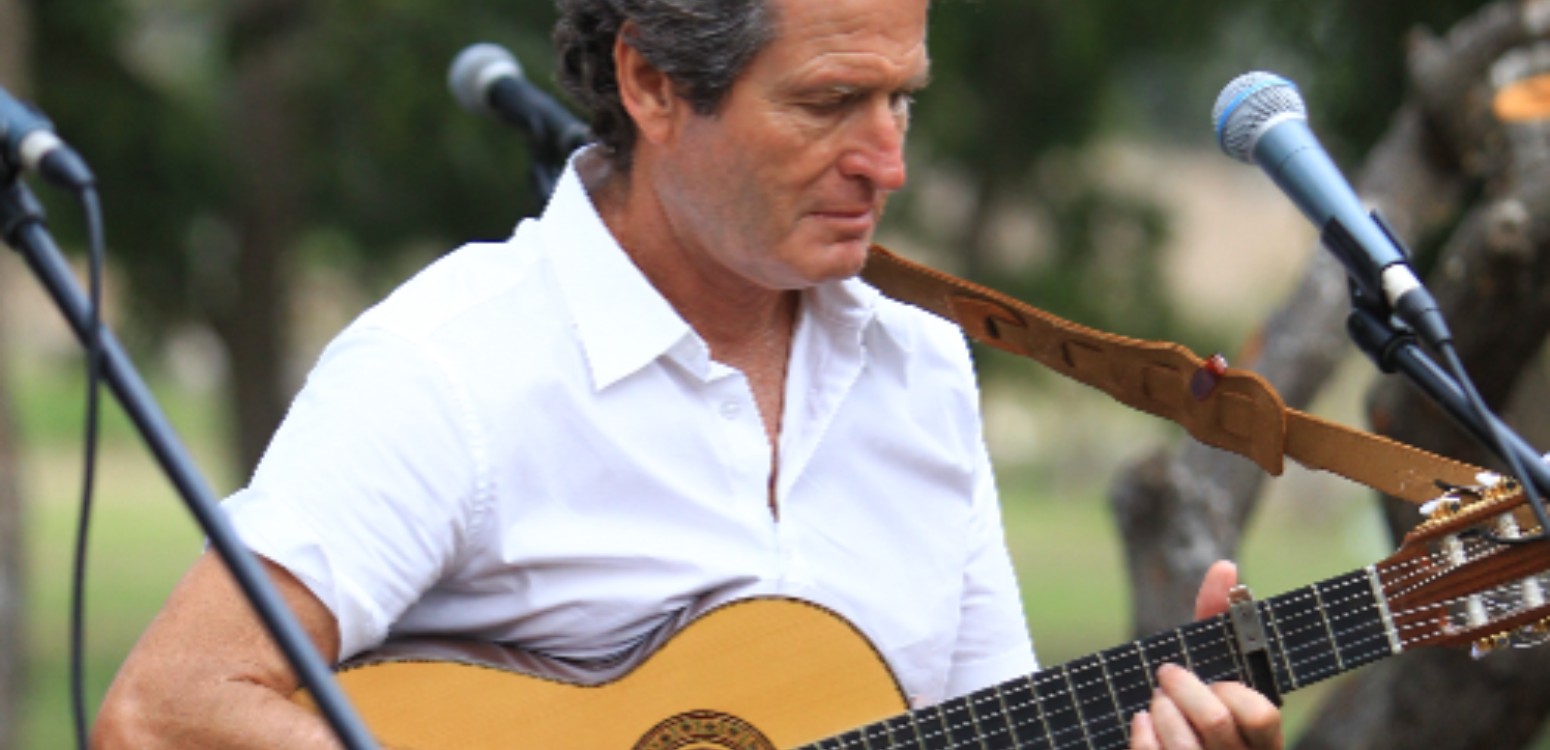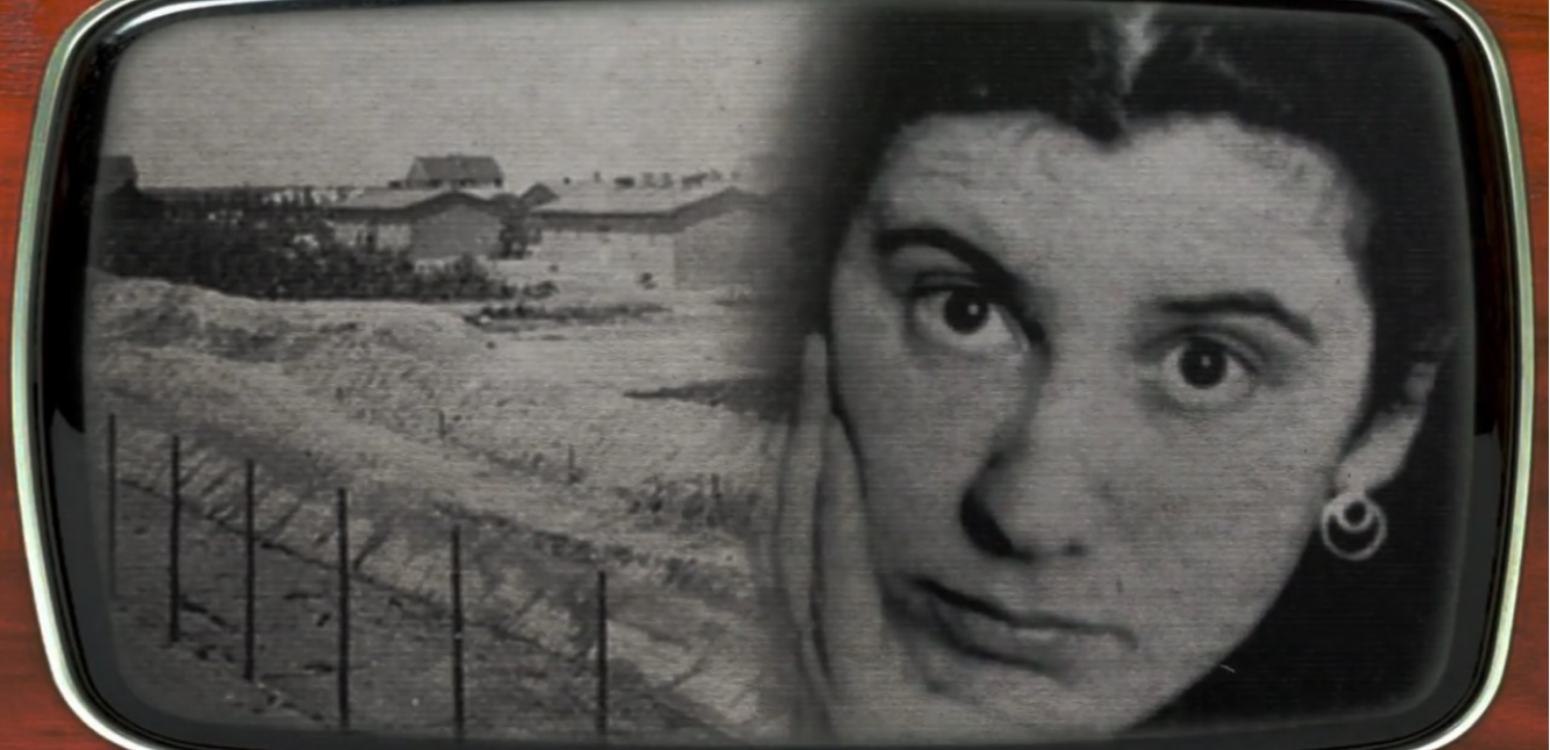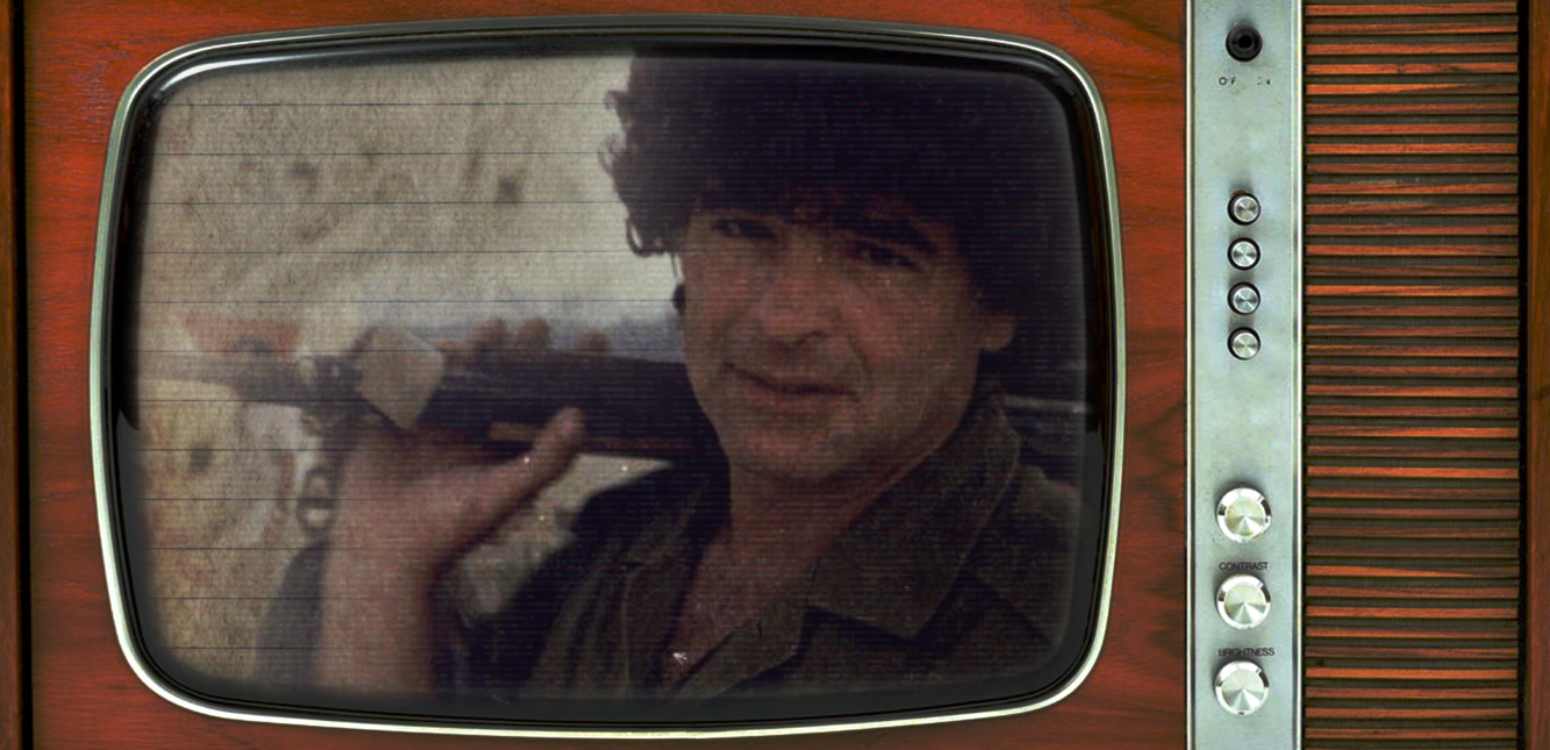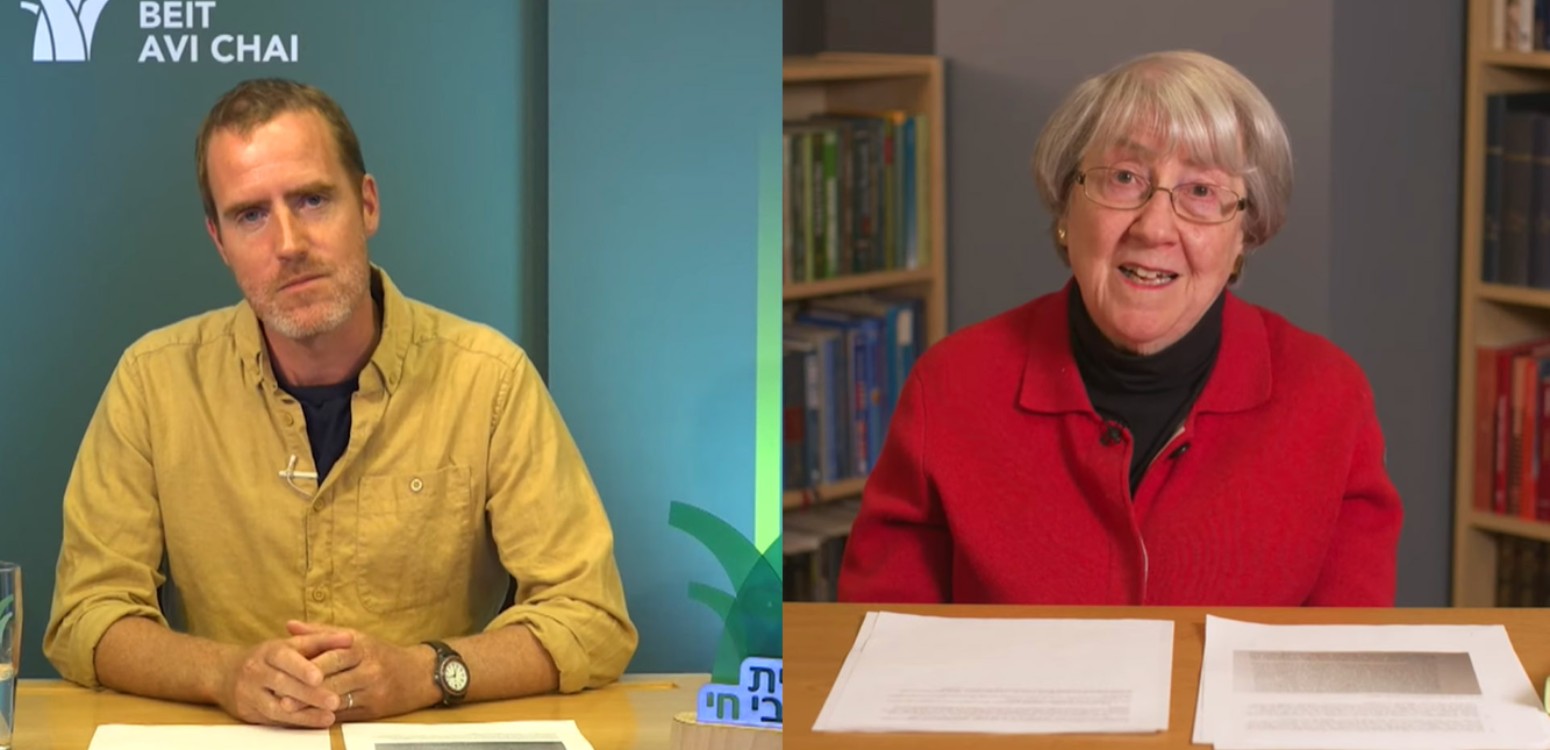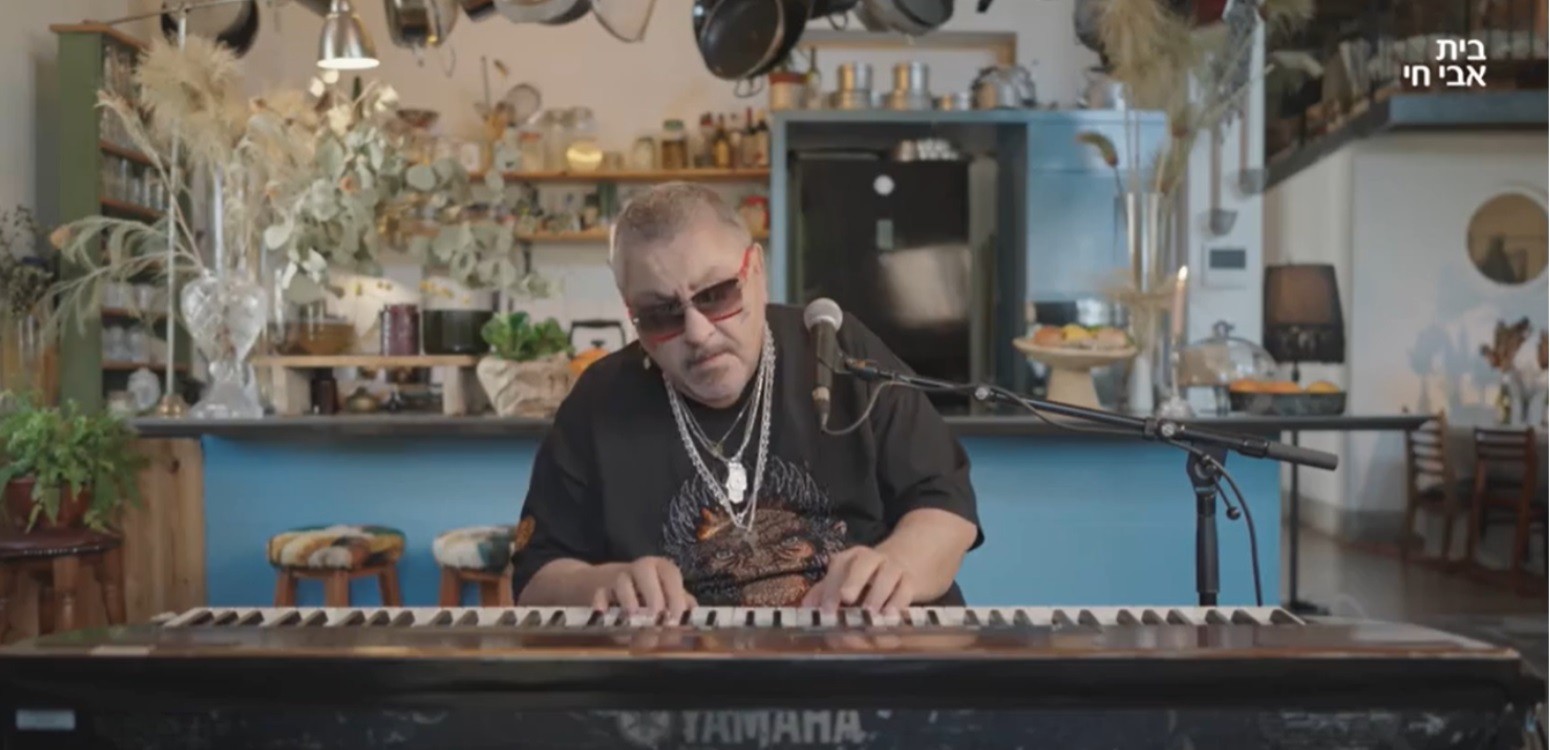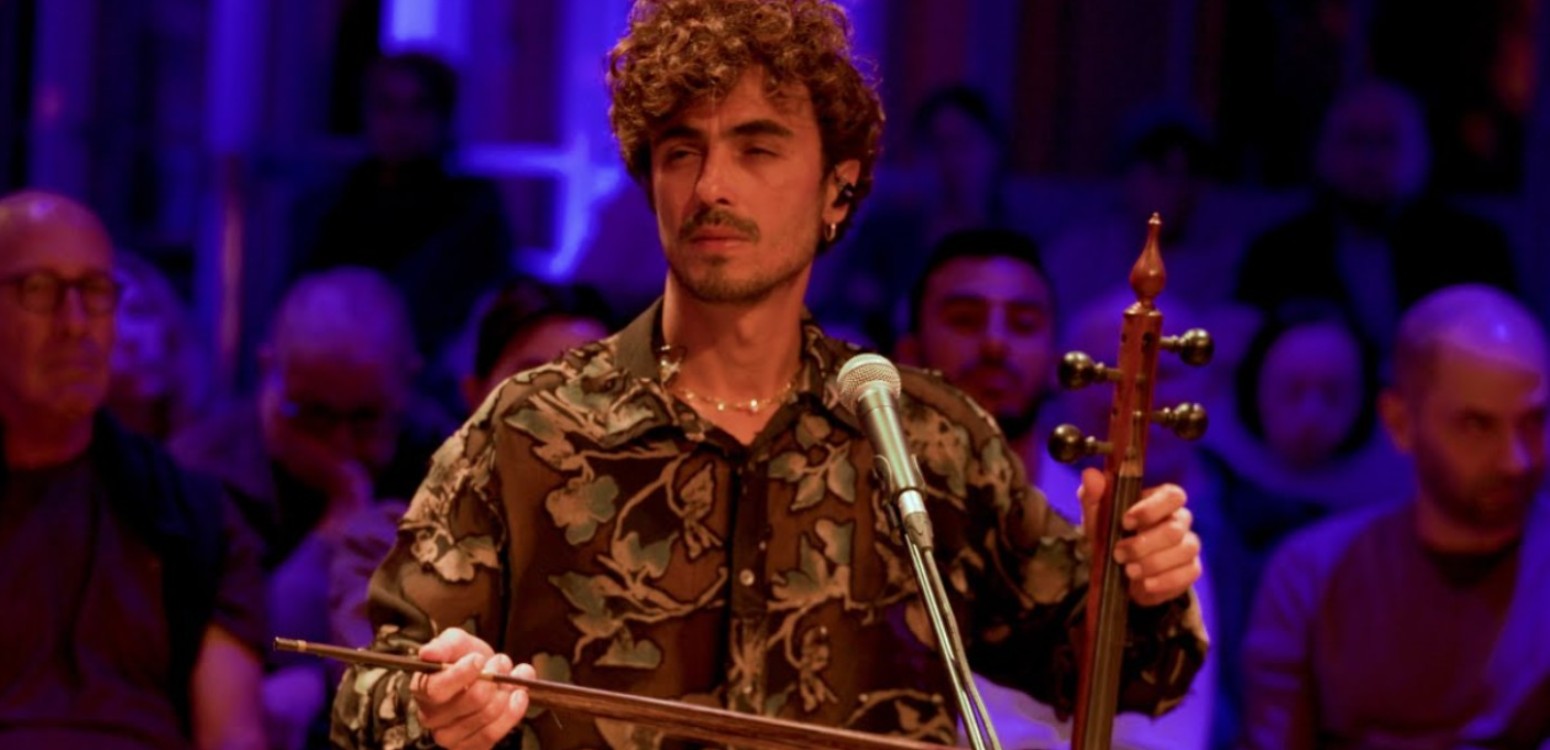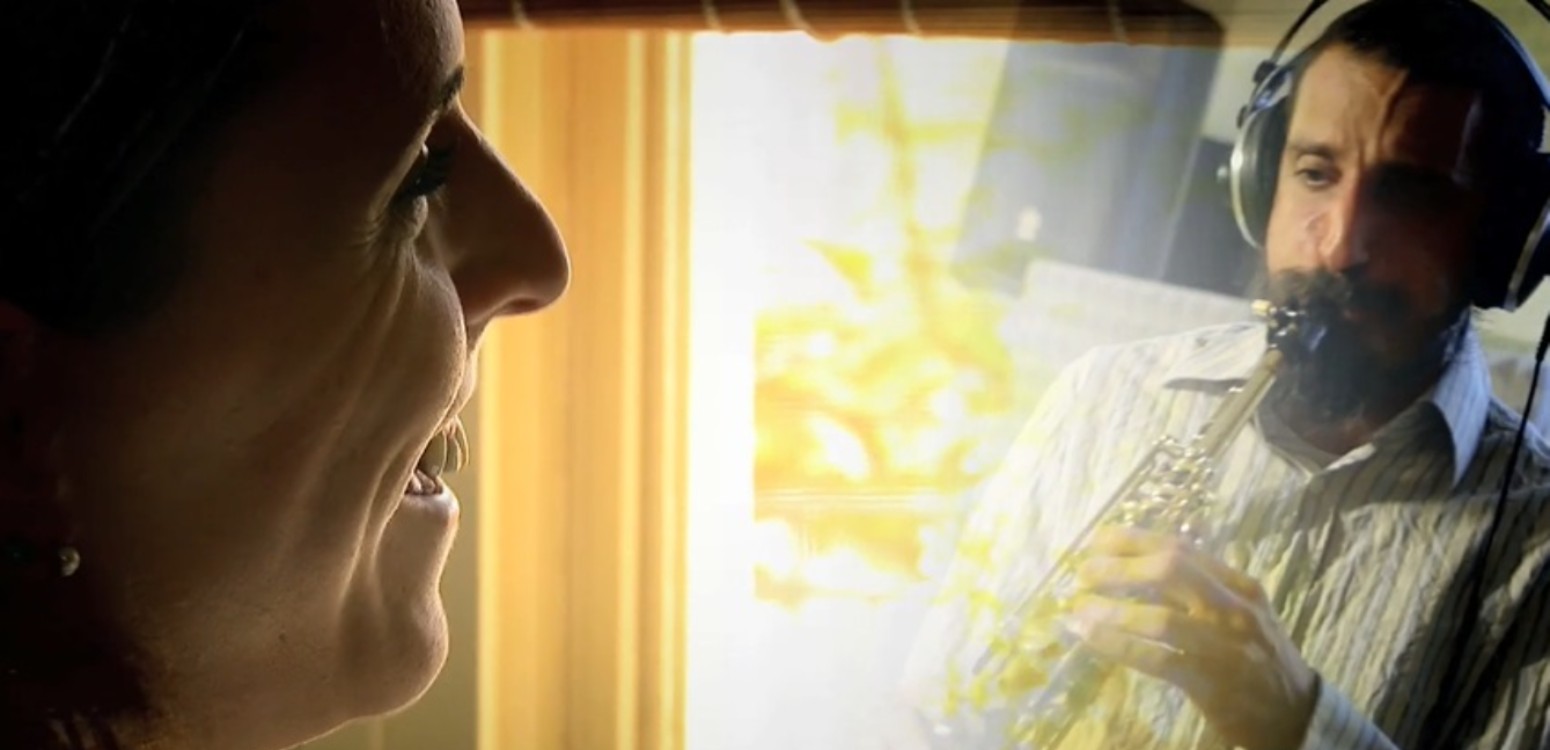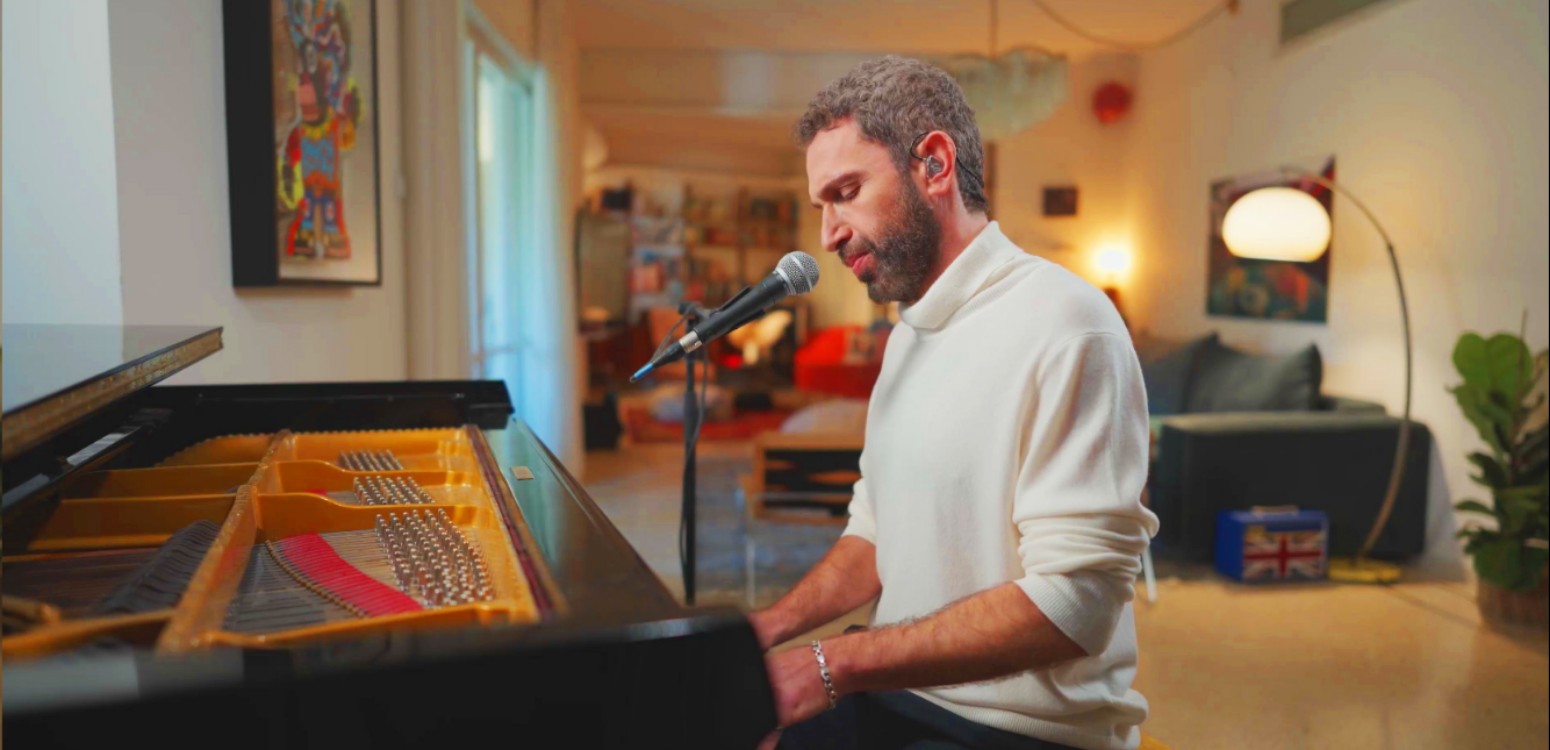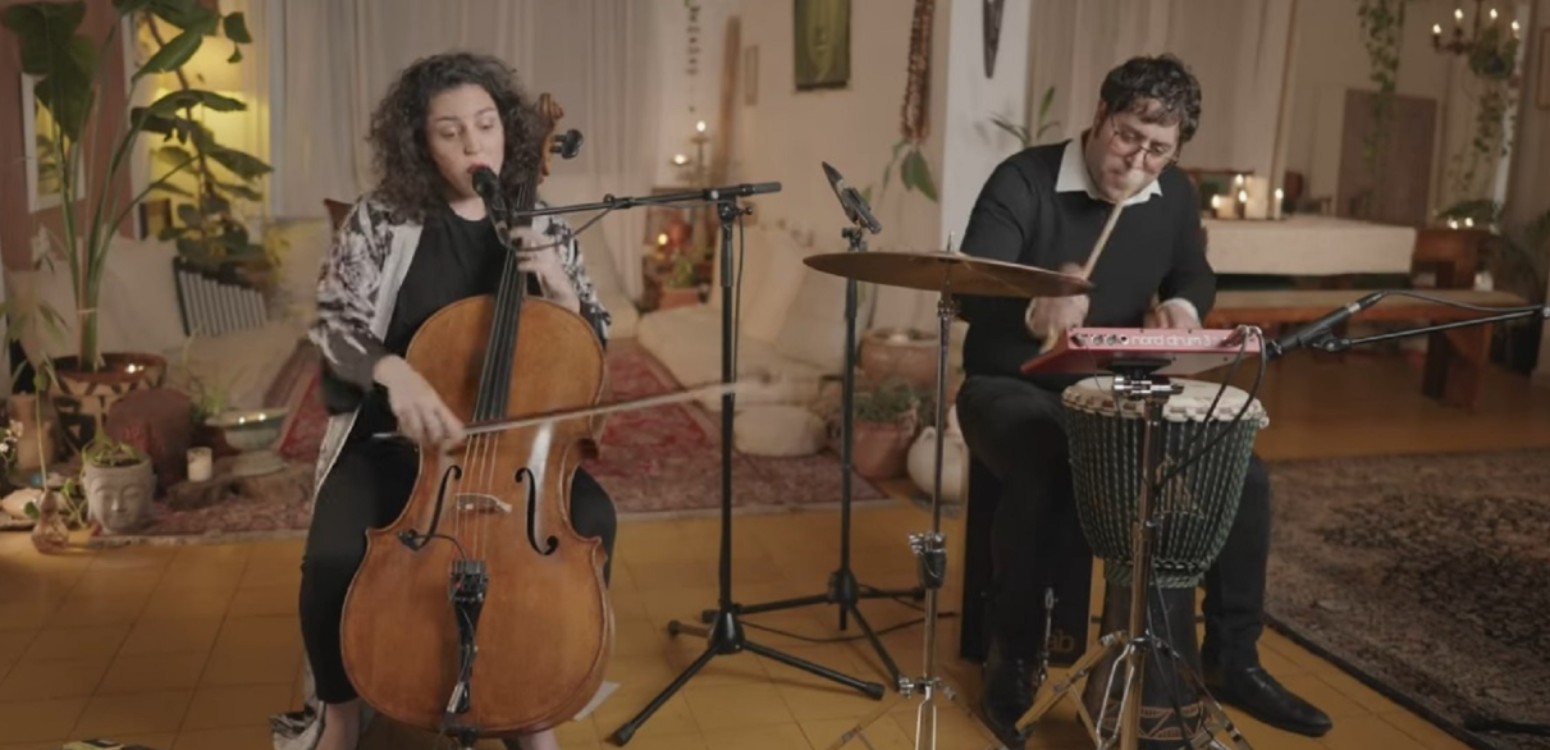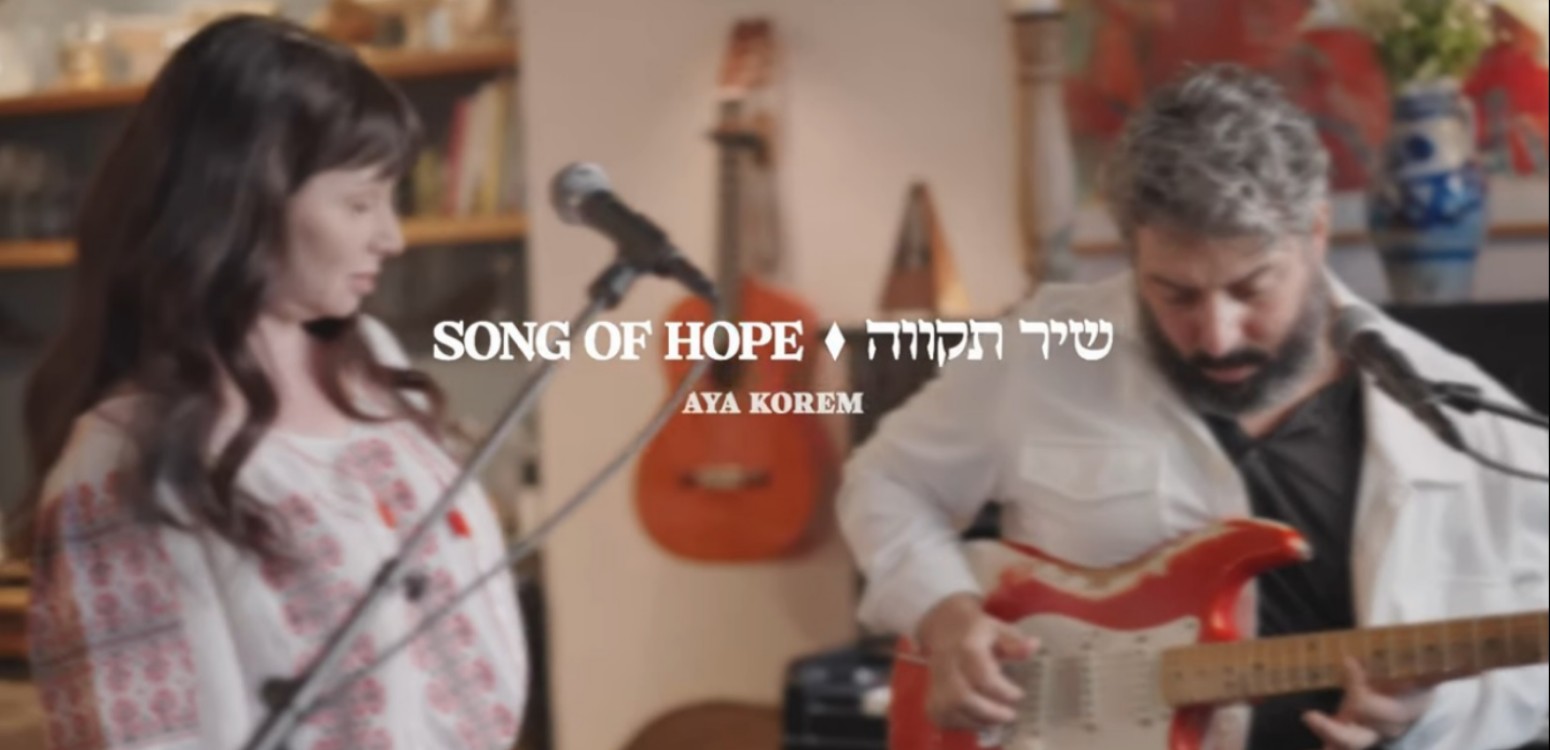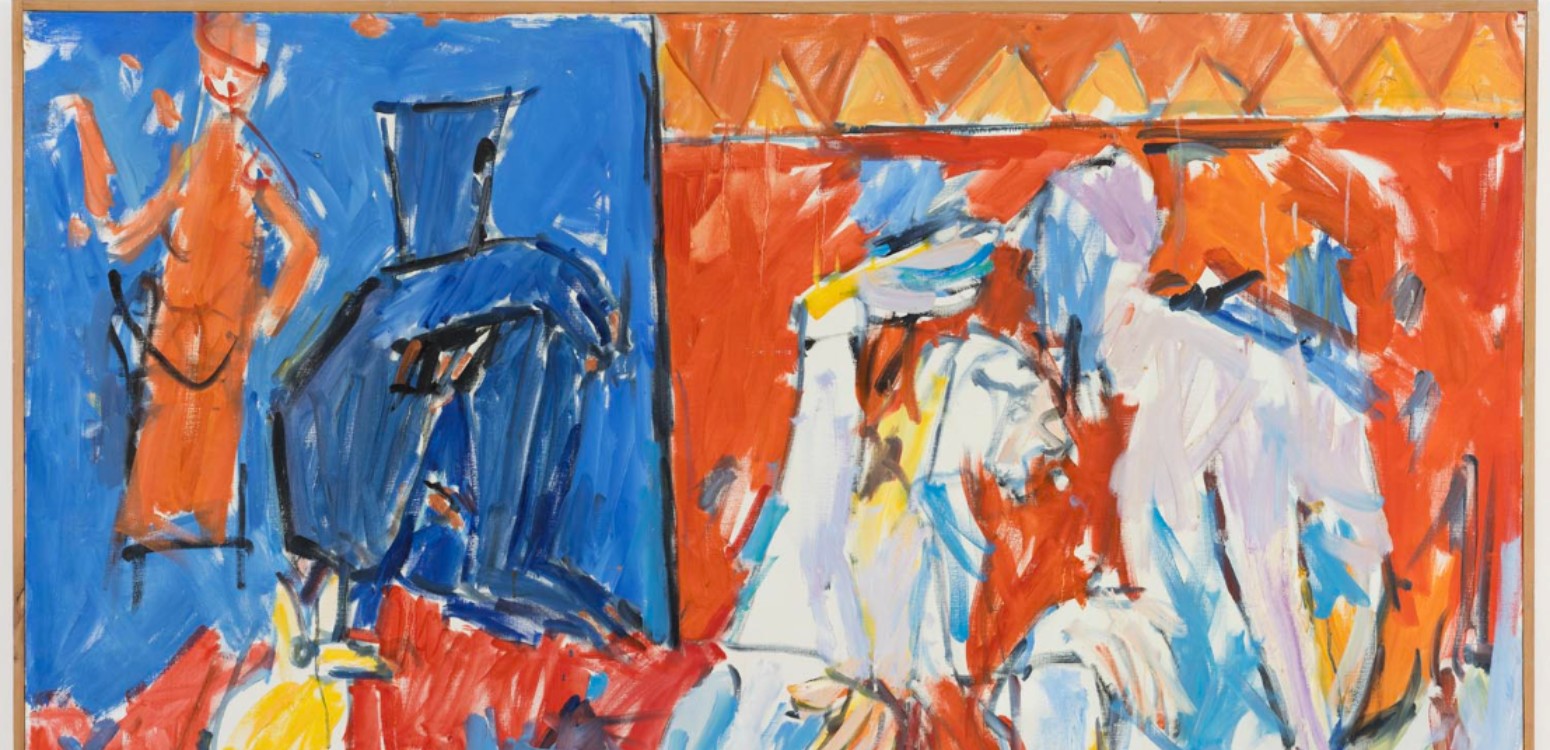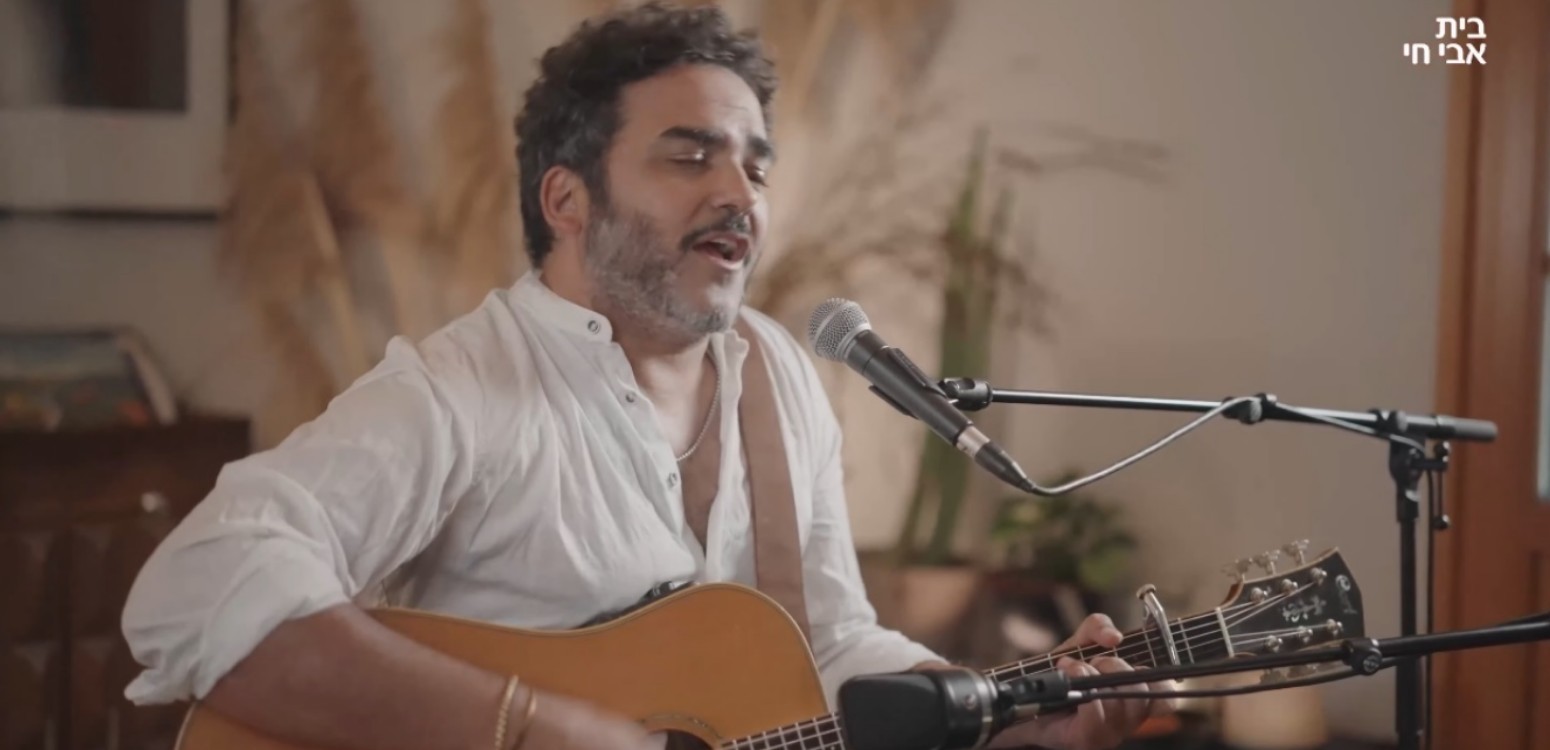As Israeli musicians return to the music of their childhood, we ask ourselves – what is there to be found in the songs we sang in kindergarten?
“The shock of October 7 forced me to have some very fundamental thoughts about living in this country,” says Avishai Huri, the curator of Beit Avi Chai’s monthly series Shir Ga’aguim (“Song of Longing”). “For me, the war highlighted, in the most concrete way, the need to protect our children. It made me reflect on the question of what it means to be a child in this country. This is where the idea came from.”
The series features monthly encounters with leading Israeli musicians and is moderated by popular Israeli media specialist and podcaster Maya Kosover, who helps Israeli music stars like Alon Eder, Marina Maximilian Blumin and Assaf Amdursky to explore their childhood as a source of inspiration. “Songs are our cultural arsenal,” says Huri. “Whenever I’m in a bind, I look back and ask myself what’s been written and what’s been sung about a similar situation.”
Soviet-born Blumin, for example, performed her rendition of a Russian lullaby that she heard in her childhood and which stuck with her. Now, she said, she sings it to her daughters when putting them to bed. “It basically lists all the objects in the room going to bed, one by one,” she told Kosover. “It’s a verbal caress that sends everybody to sleep.”
Marina Maximilian Blumin and her mother - "Russian canon" From the series Shir Ga’aguim
Actor, writer, and singer Shuli Rand, who grew up in a Modern Orthodox family and became a Breslover Chassid in his 30s after having left religion altogether, reminisced about his father’s nigun (religious tune) on Yom Kippur. “I would come to his synagogue and listen to him doing neilah (the concluding service),” Rand said. “He would leave the pulpit and walk up the aisle, everyone congratulating him, but he would search for me until our eyes locked. And even when I wasn’t religious, I would call him on Erev Yom Kippur and he would give me the full rendition of the prayer down the phone… I can say with certainty that I’m still looking for my dad’s nigun, to this day.”
University on a small scale
Songs are indeed the most common form of music, which is the most ubiquitous form of art. As such, we are immersed in song and music from the moment we come into this world. “Until the age of eight, in a normal environment, children don’t need pedagogical guidance to develop their musical skills,” says Claudia Gluschankof, a retired professor of education at the Levinsky-Wingate Academic Center, who specializes in early childhood musical education. “The role of musical education at this age is to expose children to different rhythms, melodies, and content.”
“I call songs and music ‘a university on a small scale'’,” says Dr Idit Sulkin, Senior Lecturer in Music, Media and Child Development at the Talpiot and Givat Washington Colleges of Education. “When a child sings or recites song lyrics, they develop their language and motor skills, interact with other children and learn social norms and etiquette. Songs are learning units that are short, and therefore perfectly manageable, and extremely rich at the same time.”
However, due to the prevalence of music, singing is often policed and not seen as a legitimate form of artistic expression – unlike visual art, for example. “When a child brings home a drawing or a playdough sculpture, it is immediately and uncritically put on a pedestal by the parents, regardless of their artistic value, which is often not very high,” says Prof. Gluschankof. “However, when they sing a song off key or get the words wrong, the parents correct them.”
But this is the case only after songs have become part of a canon that is carried over across generations. In the early days of Zionism, children’s songs were intimately intertwined with the nation-building project. “They needed a repertoire,” says Prof. Gluschankof. “They adopted the German kindergarten model – even the term in Hebrew, gan yeladim, is a direct translation of the German word – and adapted songs to the reality of the Zionist community in Palestine and Hebrew education.”
The goal, she says, was to create a common culture. “With time the songs became national treasures – classics. But at first they were very functional, rooted in the kids’ immediate reality.” Such was, she says, the children’s classic “Our Car,” written in 1940 by Fania Bergstein to the melody of a Swedish song. The words “delivering eggs and milk to Tnuva” – the nationally-owned dairy consortium that has since been privatized and sold to Chinese shareholders – describes a reality that was very particular to pre-state Israel.
Children’s songs received so much pedagogical attention because children were seen as the primary instrument for inculcating Hebrew as a national language. “Kids would go home, recite these songs and teach their parents Hebrew words and pass on national content,” says Dr. Sulkin. In the beginning, she says, up until the 1960s, many songs openly served the Zionist cause. “Fundamentally, they inquired what is it like to live, to be children, in this country – focusing on themes such as the seasons, nature, landscape, and people.” Later, she adds, in the next two decades, up until the 1980s, with songwriters such as Yehonatan Geffen, Yehuda Atlas and Lea Naor, the focus shifted to the subjective experience of the children themselves.
Nostalgia in a nutshell
In the 1980s, together with a global trend of individualism and consumerism, the communal lexicon of children’s songs began to erode. The introduction of video technology enabled people to produce and disseminate new songs on tapes. It was simpler and more accessible, but it also turned both teachers and children into passive consumers, says Prof. Gluschankof. “Before, when they sang and recited the songs, they appropriated them. They actively took part in the repertoire. Now, they are mere observers to a much more diverse offer. They watch endless YouTube videos that have no connection to each other, no structure, and it says a lot about the state of our education.”
This trend has only worsened with the advent of mobile devices and streaming services, says Dr Sulkin. “People think that it would be better to diversify the repertoire. They think that the kids will get bored if they listened to the same holiday songs each year. So every year there is a plethora of new songs available. But in fact, they are undermining the foundations of society, by cutting the inter-generational chain.” Standardized education has a crucial role in shaping a cohesive society, and songs are its central building blocks, she says. Their gradual disappearance is ominous.
Songs are the immediate go-to childhood memory; they are nostalgia in a nutshell. Their power derives from the fact that they are the widely-accepted currency, says Dr Sulkin. As bite-size cultural units imprinted in the children, they engage their listeners even in the absence of a teacher or a caregiving adult. “This is why songs remain with us for life,” she concludes.
Watch selected excerpts from Beit Avi Chai’s musical events “Song of Longing” (in Hebrew).
Main Photo: Envato Elements

